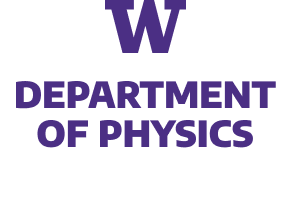The evaluation of expectation values Tr[ρO] for some pure state ρ and Hermitian operator O is of central importance in a variety of quantum algorithms. Near optimal techniques developed in the past require a number of measurements N approaching the Heisenberg limit N=O(1/ϵ) as a function of target accuracy ϵ. The use of Quantum Phase Estimation requires however long circuit depths C=O(1/ϵ) making their implementation difficult on near term noisy devices. The more direct strategy of Operator Averaging is usually preferred as it can be performed using N=O(1/ϵ2) measurements and no additional gates besides those needed for the state preparation. In this work we use a simple but realistic model to describe the bound state of a neutron and a proton (the deuteron) and show that the latter strategy can require an overly large number of measurement in order to achieve a reasonably small relative target accuracy ϵr. We propose to overcome this problem using a single step of QPE and classical post-processing. This approach leads to a circuit depth C=O(ϵm) (with m≥0) and to a number of measurements N=O(1/ϵ2+n) for 0<n≤1. We provide detailed descriptions of two implementations of our strategy for n=1 and n≈0.5 and derive appropriate conditions that a particular problem instance has to satisfy in order for our method to provide an advantage.


